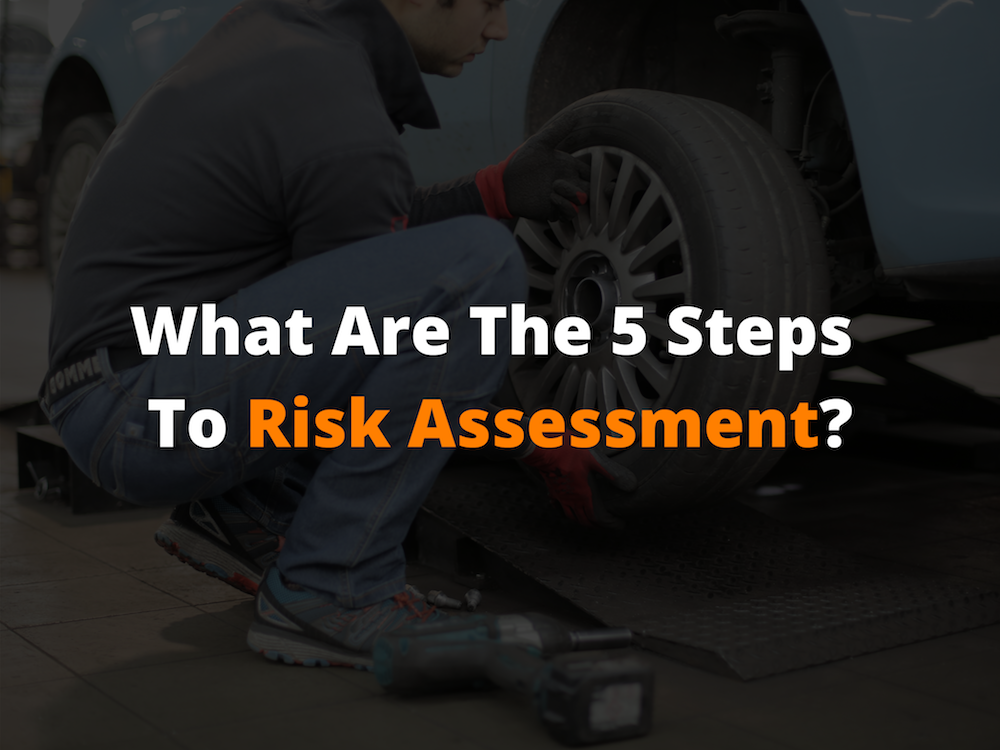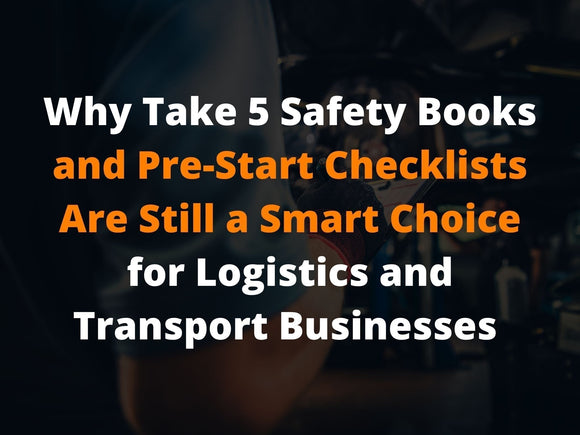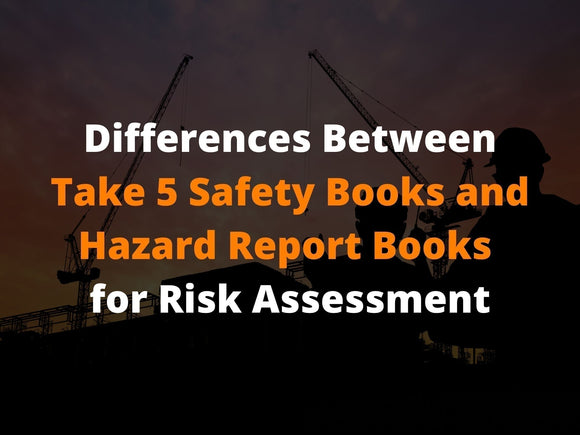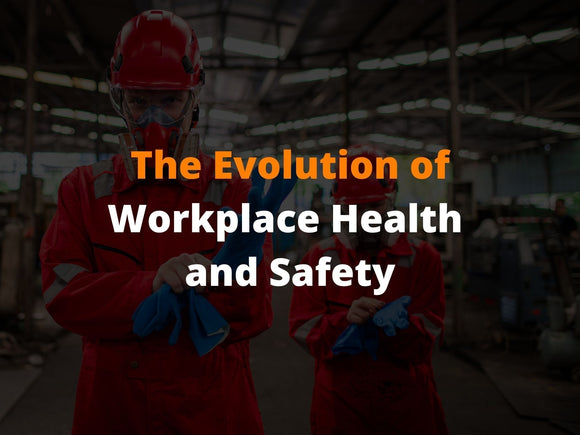
What Are The 5 Steps To Risk Assessment?
5 Steps to Risk Assessment
Risk assessments in the workplace helps to build staff knowledge of potential hazards and risks that could occur. This allows you to make well-informed decisions on how to control these. By taking 5 minutes at the beginning of a job to find and assess potential hazards, staff can actively maintain safety in the workplace.
UniPrint provides a range of Take 5 Safety Books suitable for use across all industries. They are easy to use, portable and durable. As well as our standard UniPrint Take 5 Books, we also print Custom Take 5 Books and Waterproof Take 5 Books made with stone paper.
The Take 5 Safety Model
By using the Take 5 Safety model, you’re proving the workplace is safe BEFORE you start work. The checklist is time effective and simple to use. Regular use ensures staff remain aware of their workplace surroundings, both at the beginning of a project and for day-to-day operations.
The 5 steps to risk assessment include:
Step One: THINK About the Job to be Done
The first step is to take a step back and think about the job you’re about to start work on. Is the work something you’re familiar with? Do you understand what is required to complete the job, and who you need to work with? Do you have the support and training needed to complete the job efficiently and safely? And do you have access to the appropriate machinery, personal safety equipment, and tools needed to complete your work?
Step Two: IDENTIFY the Hazards That Can Cause Harm
Staff and employers should then assess the health and safety risks that can be faced. This includes hazards to both staff and visitors to the workplace. These checks should include possible mental, physical, biological and chemical hazards.

Common checks include:
- Physical hazards: machinery, computer equipment, manual lifting, slips and trips, awkward posture and positions, excessive noise, excessive heat or cooling, and dust etc.
- Chemical hazards: exposure to harmful chemicals such as aerosols, asbestos, cleaning fluids, radiation etc.
- Biological hazards: exposure or potential contamination to harmful and/or infectious diseases.
- Mental health hazards: prolonged work hours, working with high-need clients, excessive workload, and other strains occurring within working relationships.
Part of this assessment should take into consideration risks faced by staff members, clients, visitors and other members of the public who enter the workplace premises.
Step Three: ASSESS the Level of Risk Involved
For any risks of hazards identified in the previous step, it is important to assess how likely they are to occur, and what level of harm could be caused.
Each hazard should be assessed as to whether it is:
- High Risk
- Medium Risk
- Low Risk
This can be assessed using a Risk Matrix which takes into account the likelihood of the hazard occurring, and the consequence of it occurring.
Step Four: CONTROL the Hazards
For hazards that are identified and its risk assessed, the next step is to control, maintain or eliminate it. This is to ensure the workplace remains safe to operate in.
The review of the hazard ensures that safe working practices are now agreed to and applied into the workplace by staff. Staff are also trained on any new workplace practices, equipment and work targets.
Step Five: PROCEED Safely
Staff can now proceed with their tasks safely. Any ongoing supervision or training should be adhered to, along with identifying any changes to working conditions and equipment. This helps contribute to keep a safe workplace.
Uniprint's Take 5 safety books are easy to implement into any business to improve the safety practices. To support you further, we also provide a range of training resources including our free online Take 5 training, as well as Take 5 Safety Posters.





